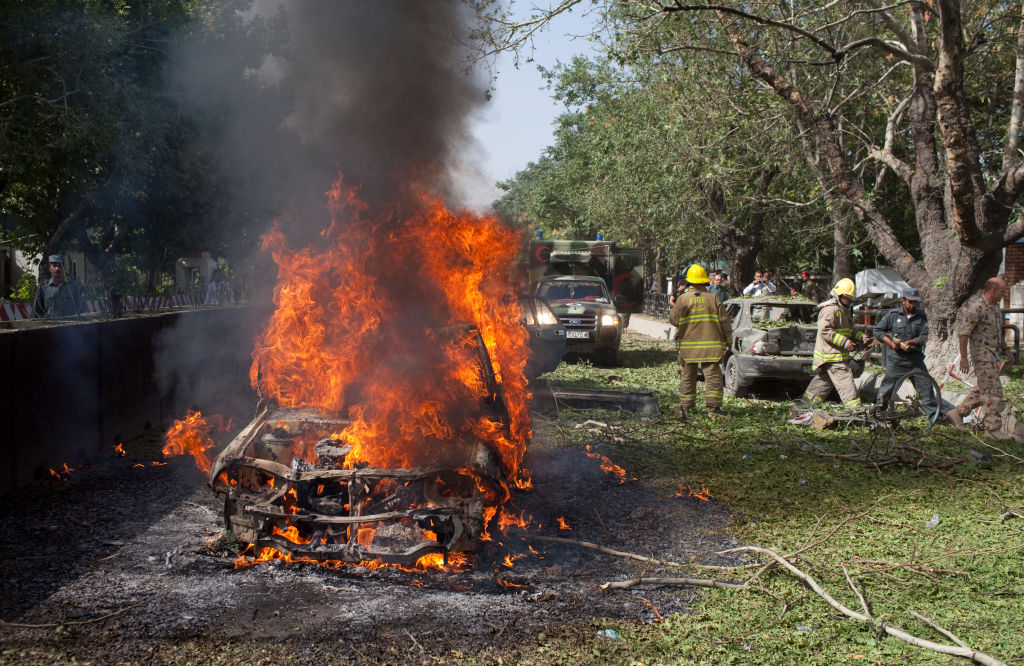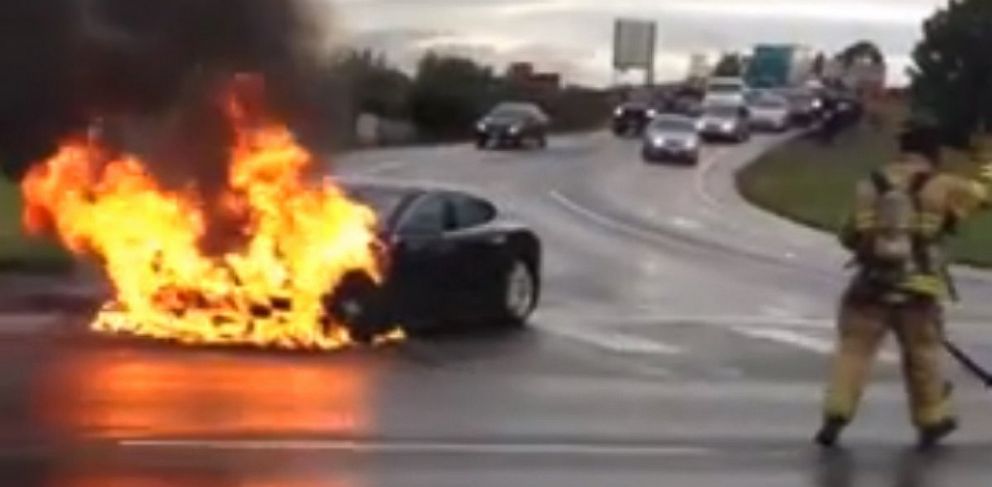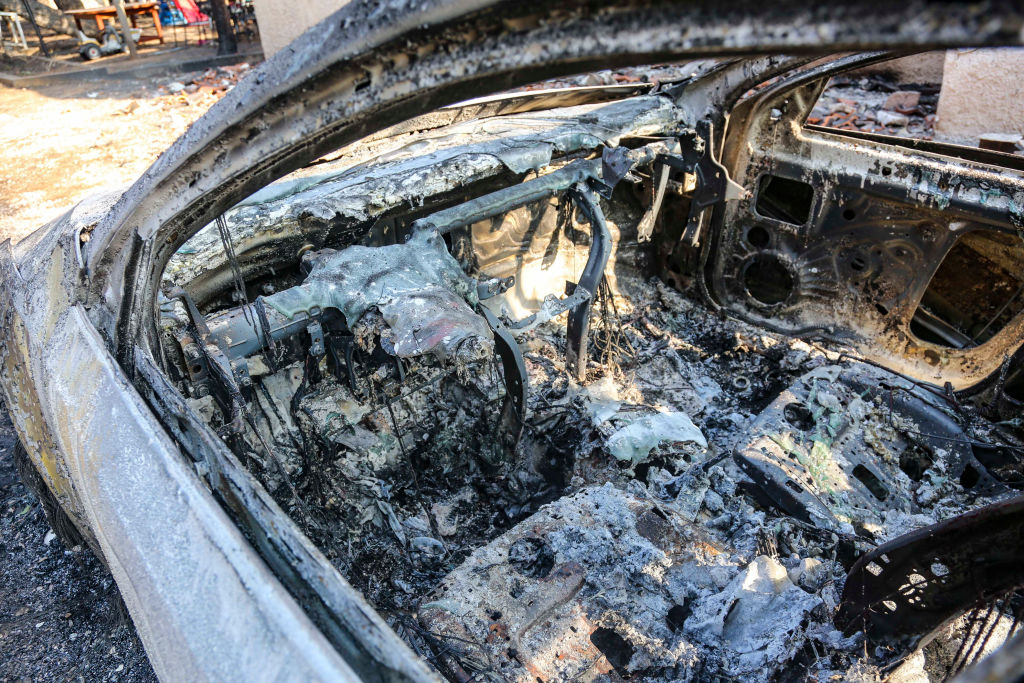
NTSB: Most Fire Depts. Can’t Put Out EV Fires
As electric vehicle sales increase there are more chances for these battery-powered cars catching on fire. It is inherent to the battery system that there is heat generated in use and also while charging. But now the National Traffic Safety Board is warning that at least half of all US fire departments are not equipped to handle battery-powered car fires. That means most fire departments can’t put out your EV fire. But it is a safety issue for both the occupants and first responders.
And there’s more. Only a quarter of them has had training for fighting EV battery fires. A survey was conducted by the International Association of Fire Chiefs and the National Volunteer Fire Council. The NTSB reviewed 17 reports from 2018 in preparation for releasing data about the growing problems surrounding EV fires.
Upon impact, some EVs will burst into flames

There have been a string of EV fires happening as a result of crashes. Upon impact, the EVs burst into flames. Some of the findings are freakish. An accident in March 2018 in California caused a Tesla Model X to catch on fire twice within a day, and then again after six days. Then there are the fires that are like spontaneous combustion while sitting in a garage or parked on the street.
There are also reports about firefighters not using the proper methods for fighting battery fires. That method is to continue using water to both eliminate the flames but also to cool down an overheated battery pack. Because most of the batteries are lithium-based they are both harder to extinguish and can spontaneously ignite from the heat buildup.
The data from 2018 was from responses to surveys sent to 32 fire departments. According to those reports, 65% of those departments said that “awareness of EVs, specific training for EV fires, and limited funding were obstacles to successfully stopping these types of fires.
EV fires have the ability to heat up to more than 5,000-degrees

EV fires have the ability to heat up to more than 5,000-degrees. Applying a combination of water and foam can result in a flare-up because the water molecules turn into hydrogen and oxygen gas. That combo can result in an explosion. There are also immediate risks beyond the flames and heat.
With electricity still running through components, there is the possibility of an electric shock from any and all conductive surfaces. These fires create toxic fumes. So responders need full personal protective equipment as well as self-contained breathing apparatus.
Because lithium burns there can be both respiratory and skin reactions. Toxic runoff can be a problem for the immediate surroundings. And these types of fires can reignite as much as 24 hours after being extinguished. So some personnel needs to stay with the vehicle for at least 24 hours.
Prepared first responders have exotic chemical mixtures to spray onto electrical fires

Prepared first responders have exotic chemical mixtures they can spray onto the electrical fires. That, combined with what is estimated to be 3,000 gallons of water that are necessary to help extinguish the blaze. But not all areas have that much water available to sustain this type of fire. So personnel needs to have a backup if it is known there is an inadequate water supply.
We expect that the NTSB will put together a checklist for training necessary for all fire departments. As EVs proliferate it is vital they have the best training for the best protection.




